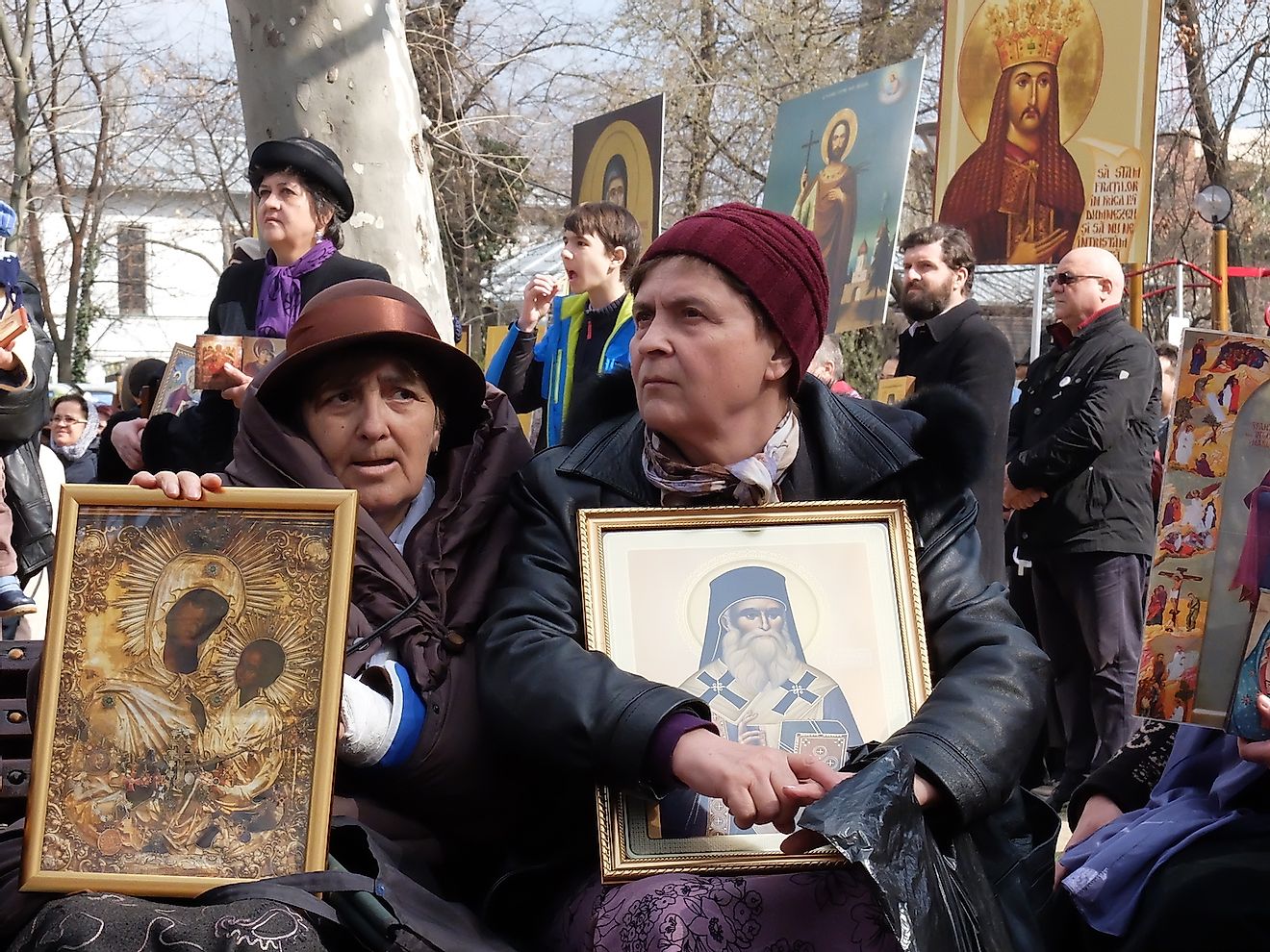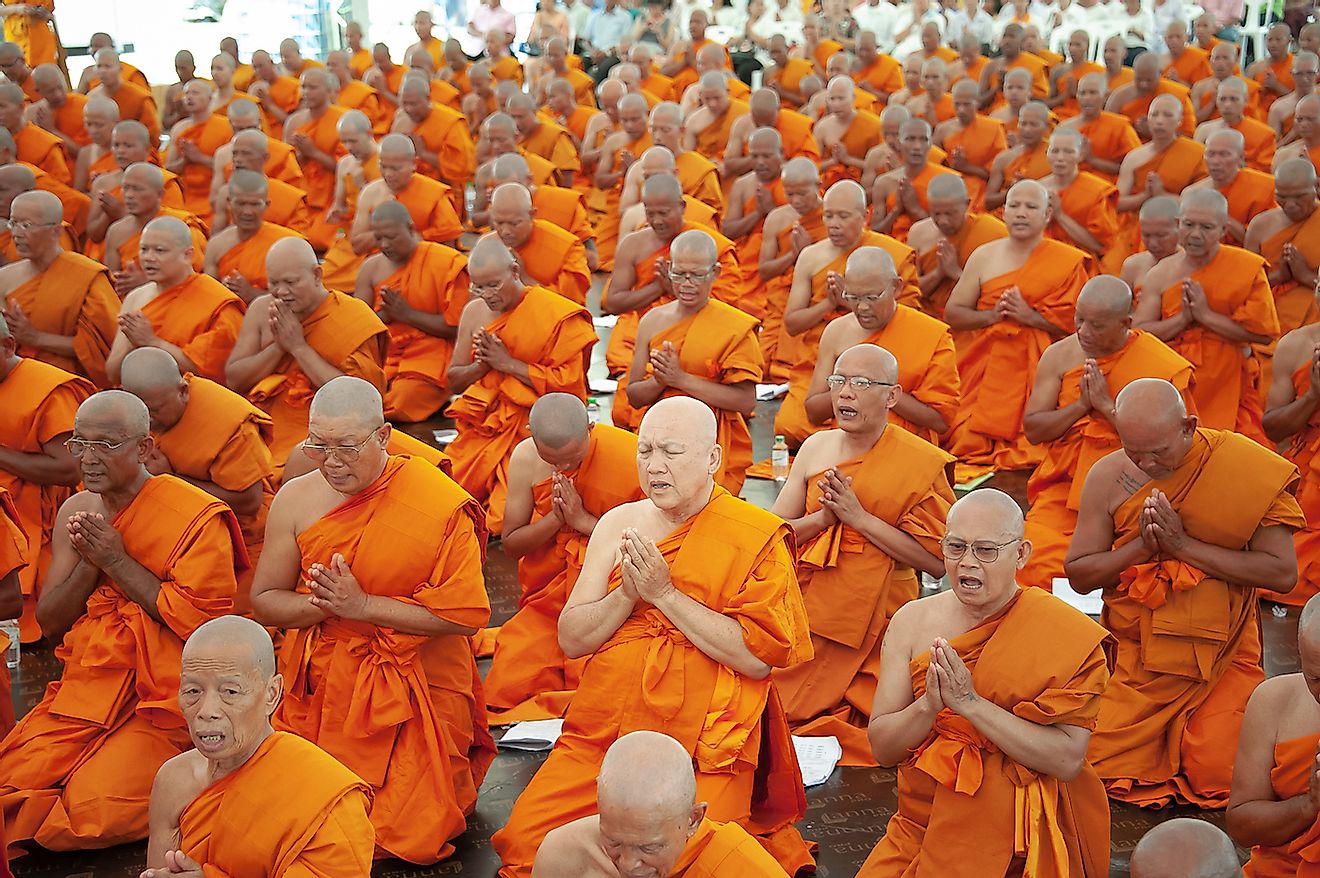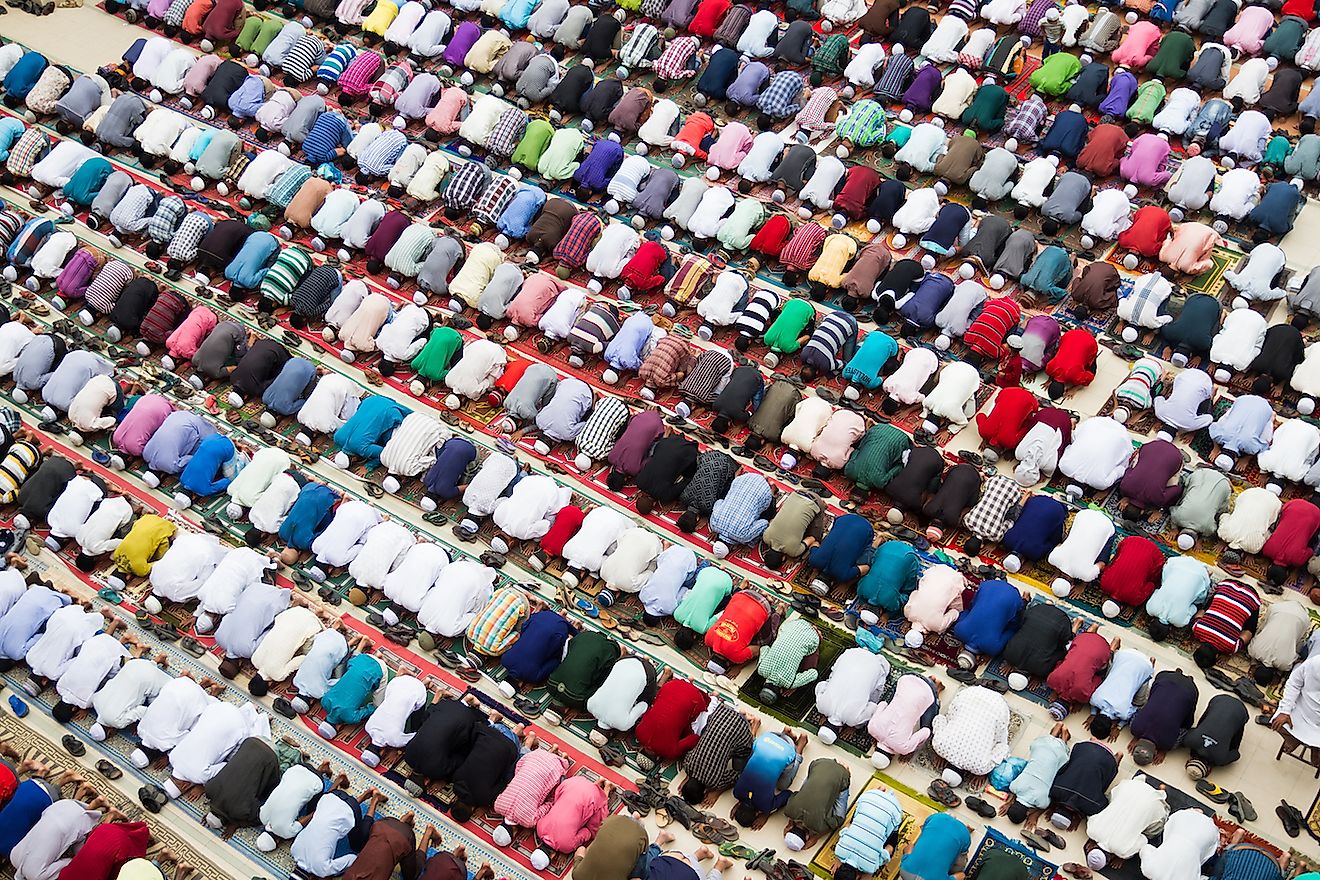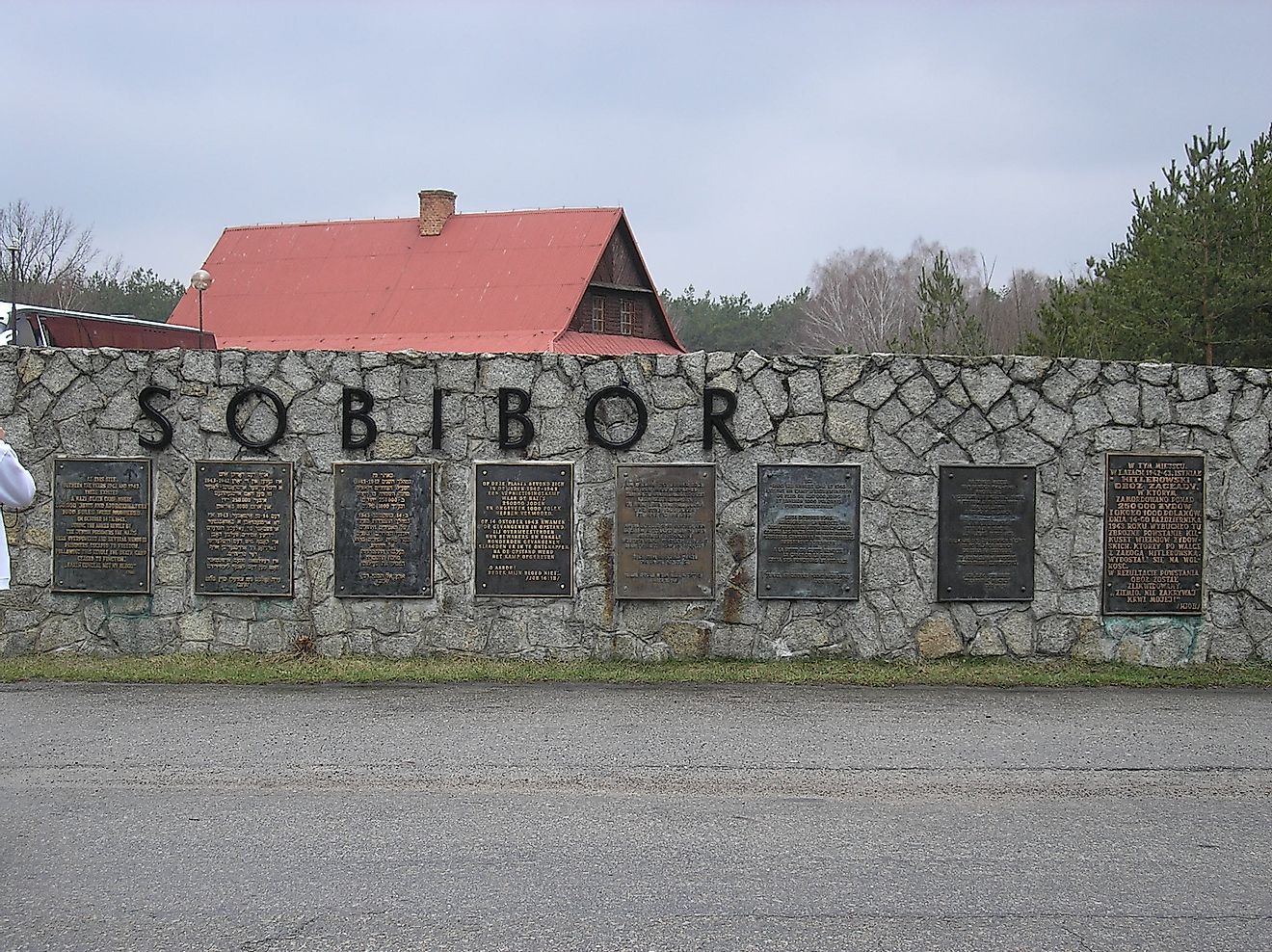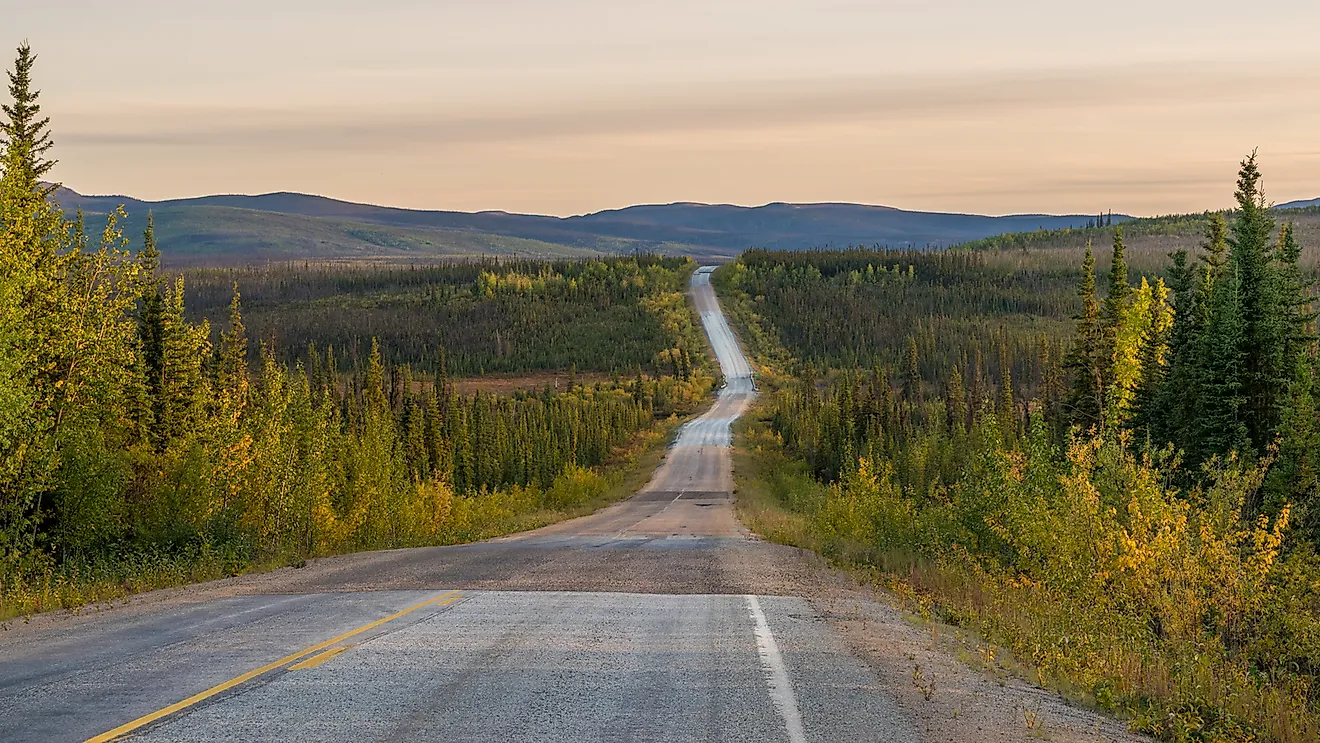The Atomic Bombings of Hiroshima and Nagasaki
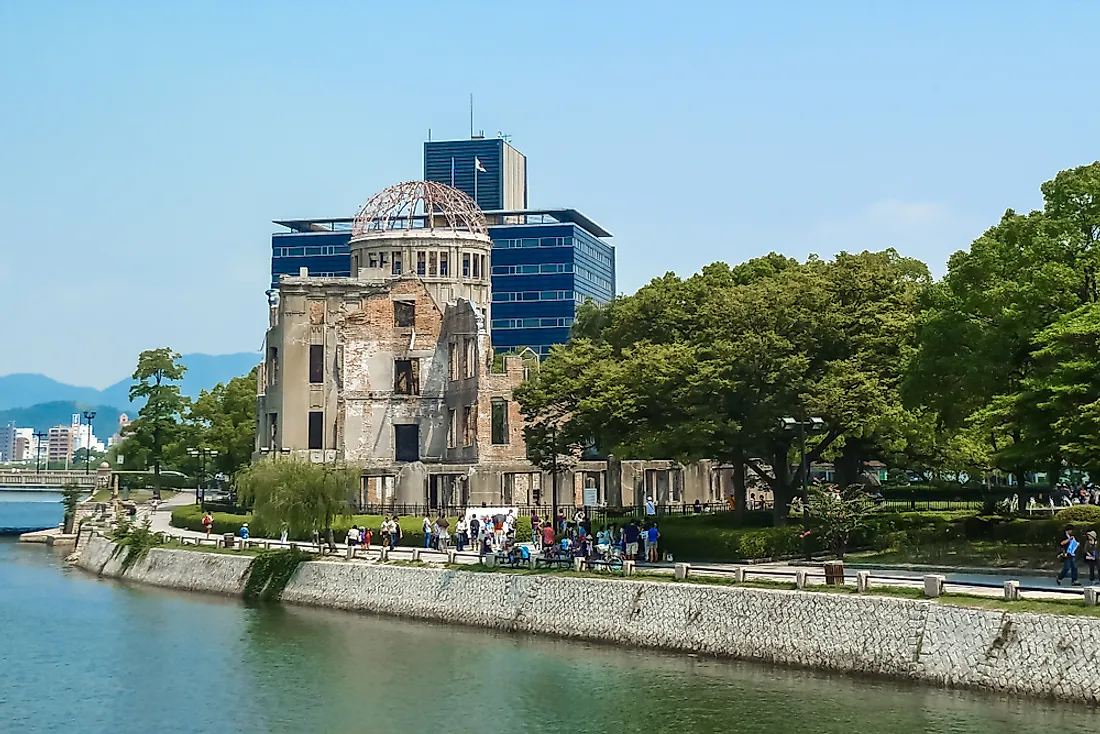
On August 6, 1945, the United States detonated a nuclear weapon on the Japanese city of Hiroshima. Three days later, on August 9, the US followed the initial attack with another detonation in the city of Nagasaki.
Both times, the bombings had the support of the United Kingdom as was outlined in the Quebec Agreement. In total, between 129,000 and 226,000 people lost their lives, most of whom were civilians. To this day it remains the only use of nuclear weapons in an armed conflict.
In the final year of World War 2, the Allies had just defeated the Axis on May 8, 1945. After that, the Allied powers set their sights on Japan to demand their full surrender or face complete and utter destruction. Japan ignored the ultimatum, which set into motion the atomic bombings.
First, the Allies struck 67 Japanese cities using conventional bombing means. By August 1945, the Manhattan Project was ready and produced two types of the atomic bomb. The bombs could be equipped on fighter jets flown by the 509th Composite Group of the United States Army Air Forces. The initial plan was to hit four Japanese cities but the second bomb effectively ended World War 2 after Japan surrendered officially on September 2, 1945, at Tokyo Bay.
Background of the Conflict
The Americans were able to gain the upper hand in the fight after they defeated Nazi Germany. However, the whole affair was almost derailed in the last year when the Germans launched a rather effective counterstrike against the Allies called the Ardennes Offensive/The Battle of the Bulge. The Allies incurred heavy losses at a time when the public outcry was leaning towards ending the war. The people were simply too tired of all the deaths from the war.
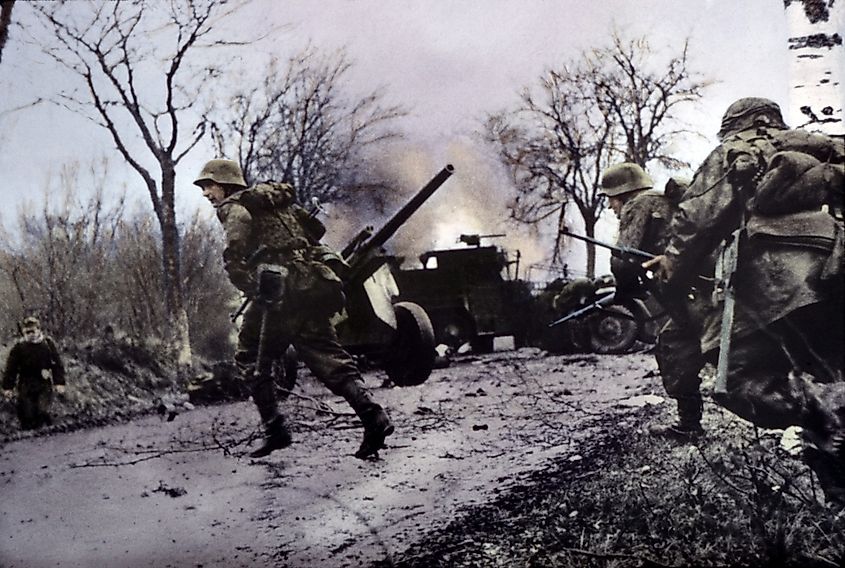
Away from Europe, in the Pacific, the Japanese were also inflicting heavy losses on the Allies, which forced the Allied powers to return to the Philippines. When they did that, they took Burma, invaded Borneo and launched strategic offensives to eliminate Japanese resistance systematically in Bougainville, the Philippines, and New Guinea. Many Japanese soldiers refused to be captured and fought to the death or committed suicide.

By the time the Allies were on the final push to Japan, the Japanese economy was depleted and had little resources with which to fund the war. In order to invade Japan (Kyushu), the Allies came up with Operation Downfall.
However, the Japanese were able to anticipate the attack and went all out to defend the island. About 2.3 Japanese troops were mobilized to defend Kyushu. When the Americans discovered these plans by the defenders, General of the Army George Marshall began contemplating chemical warfare. Chemicals were considered after American casualties were projected to be higher than initially thought.
Elsewhere, the United States had drawn up plans for attacking Japan from above even before the Pacific conflict began. However, Japan managed to delay these aerial attacks until the middle stages of 1944 after the Boeing B-29 Superfortress became combat-ready.
Initially, under Brigadier General Haywood S. Hansell, the air attacks proved largely ineffective. However, his replacement, Major General Curtis LeMay changed tactics after being pressured by the United States Army Air Forces.
The change in tactics eventually gave birth to Operation Meetinghouse, which killed about 100,000 people, destroyed 267,000 buildings and 16 square miles of the city in a single night on March 9-10. This bombing, which was the most effective bombing raid of the war, was followed by other attacks that destroyed at least 100 Japanese towns. Due to low supplies and inferior technology, the Japanese troops simply could not cope with the Allied onslaught.
The Manhattan Project
German scientists Otto Hahn and Fritz Strassmann discovered nuclear fission in 1938 although they never figured out how to make an atomic bomb. Afraid that the Germans would know the atomic bomb secret first, the US also started research in 1939 although progress was slow. In 1943, the Quebec Agreement was signed thus merging nuclear projects from the UK and Canada with the Manhattan Project.
Major General Leslie R. Groves, Jr., of the U.S. Army Corps of Engineers, was the head of the project and decided to appoint J. Robert Oppenheimer to lead the research. The team developed two types of bombs codenamed “Fat Man” (a plutonium implosion bomb) and “Little Boy” (a uranium gun-type bomb). It should be noted that the Japanese also had a nuclear project but a lack of resources, meaning it never amounted to anything substantial.
Preparations for the Attack
In preparation, the Allies formed the 509th Composite Group on December 9, 1944, to carry out the attack. This unit was equipped with 15 Silverplate B-29s aircrafts with special adaptations for carrying a nuclear payload. The unit was under the command of Colonel Paul Tibbets. In 1945, Groves formed a committee to select the possible targets. The committee settled on five possible targets namely Kokura (now Kitakyushu), Hiroshima, Yokohama, Niigata, and Kyoto.
However, Henry L. Stimson, the then Secretary of War, requested Groves to remove Kyoto from the list because of his admiration for the city. Stimson had been to the city before on his honeymoon and did not wish to see it destroyed. This is the correct version of why Kyoto was removed and not the story that a Japanese man was responsible as was falsely reported by some papers.
Kyoto was removed from the list on May 30 and was replaced by Nagasaki on July 25. In selecting the targets, the criteria was a place with a diameter of at least 3 miles, a target that would have not been hit by the Allies by August 1945, and a place that would create a blast with effective damage.
The Quebec Agreement prevented any of the three countries from using nuclear weapons without the consent of the others. Because of that, the US called a meeting on July 4, 1945, where the consent for use of the weapons was given. A few days later, on July 12, the Trinity Test (the test detonation) of the weapons proved a huge success in the Jornada del Muerto desert in Mexico.
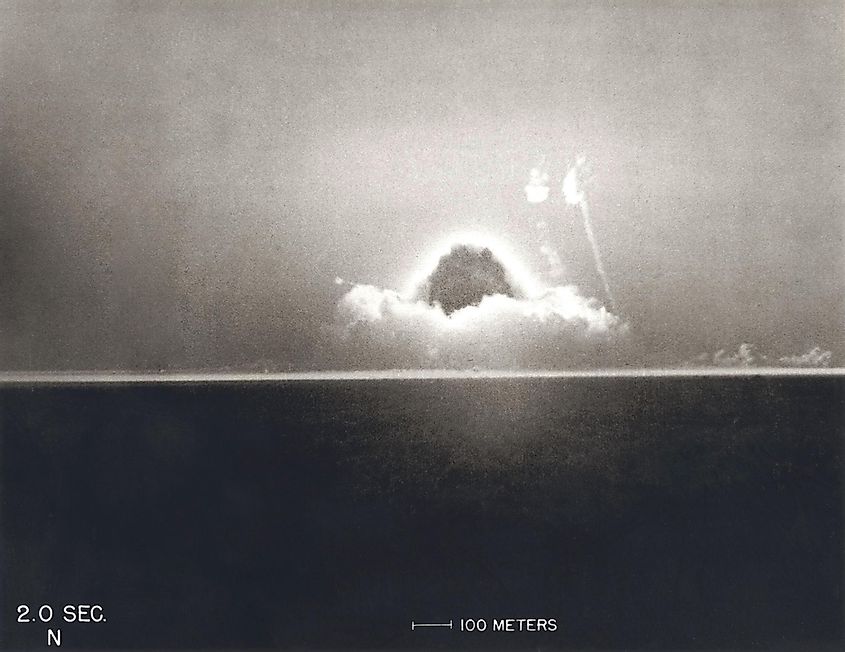
Potsdam Declaration
After the immense success of the test, the Allied leaders were buoyed by the results and drew up Japan’s terms of surrender. That document was called the Potsdam Declaration and demanded the Japanese surrender or risk utter destruction. In the communique to Japan, the Allies mentioned the atomic bomb as a warning. A few days later, on July 28, it was reported the declaration had not been accepted.
The Bombings
Hiroshima
Before the bombings, Hiroshima was an important city for both the military and industry of Japan. It was also the base of Field Marshal Shunroku Hata's Second General Army, which had about 400,000 men. The army was responsible for defending South Japan. Other military units were also headquartered in the city. When the attack was carried out, it had a population of between 340,000 and 350,000 people. This was actually lower than the normal number of about 381,000 because the Japanese had begun an evacuation of the city due to air raids.
Three B-29 planes left for the bombing mission of Nagasaki. The 393rd Bombardment Squadron B-29, Enola Gay, was piloted by Tibbets himself. The name of his plane, Enola Gay, was actually the name of his mother. The other plane was “The Great Artiste” under the command of Major Charles Sweeney and carried instrumentation. The last one was not named at first although it was later nicknamed “Necessary Evil” and was under Captain George Marquardt. The last plane was a photography craft.
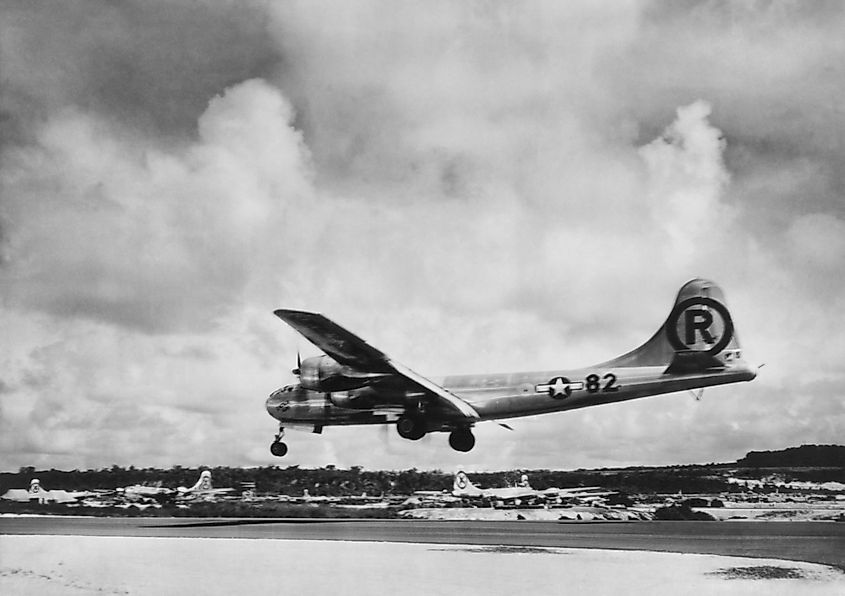
"Little Boy" was released at 08:15 (Hiroshima time) by the bombardier Major Thomas Ferebee at a height of around 31,000 feet and detonated some 1,900 feet over the city. The bomb missed Aioi Bridge, which was the intended target, and instead detonated some 800 feet away over Shima Surgical Clinic. On the ground, between 70,000 and 80,000 people were killed by the blast and the firestorm and about 4.7 square miles of Nagasaki was destroyed. However, most buildings were built to withstand the violent weather that is common in the area. For the most part they survived the blast.
It took Tokyo 16 hours to confirm the attack after President Truman made the announcement. Tokyo had initially ignored the reports of a bomb because they knew there was no major military movement on the Allied side. On August 7, a day after the attack, Tokyo sent experts to analyze the claims of a nuclear weapon, which were confirmed. However, the Japanese decided that the Allies could not have more than two nuclear weapons and so they decided to weather the storm.
Nagasaki
Once it became apparent that Japan was not going to surrender, the bombing of Nagasaki was given the go-ahead. Nagasaki was a major seaport and played a crucial part in the industrialization of the country. Unlike Hiroshima, the city’s buildings were weaker due to old-fashioned designs and relatively better weather conditions. Most of them had timber walls and no plaster so the structure could not withstand much. When the bombing happened, about 263,000 people were in the city.
The attack on Nagasaki was actually scheduled for August 11 initially. However, in order to avoid bad weather, it was moved up by two days to August 9. Tibbets was given the responsibility of choosing the timing. The bomb was carried on a B-29 bomber codenamed Bockscar. The plane left on the morning of August 9 carrying "Fat Man" with Kokura as its main target. Bockscar was under Sweeney's crew.
However, things did not go according to plan and so the crew was forced to make a last-minute decision to bomb Nagasaki instead of Kokura. The visibility was low but the bombardier, Captain Kermit Beahan, managed to pick his target at 11:01 local time. Fat Man exploded some 1,650 feet above a tennis court in Nagasaki. The photography plane, Big Stink, saw the explosion from around a hundred miles away.
The explosion was more powerful than that of Hiroshima although the Urakami Valley did much to contain the effects. The exact number of deaths is unknown but most studies agree that between 39,000 and 80,000 people lost their lives.

Japan’s Surrender
Japan’s war council had a sit-down after the second bombing to discuss the way forward. They agreed that they had lost the war but could not reach a consensus on the surrender. Eventually, on August 10, the emperor stepped in and made a decision to surrender on the condition that the Allies do not interfere with his power as a ruler. The surrender document did not interfere with the Throne, which is why Emperor Hirohito made his announcement of surrender.
After-Attack Effects
After the initial attack that killed thousands from the blast, there were other long-lasting effects that Japan endured and still continues to endure to this day. One of the most devastating effects was from Acute Radiation Syndrome (ARS). In fact, most people who had injuries from the bombing died within 30 days due to complications arising from ARS. The effects were later known as the “Atomic bomb disease.” To that effect, Japan established the Atomic Bomb Casualty Commission (ABCC) in 1948 to conduct investigations into radiation complications. Studies are still going on to this day.
ABCC, which was changed to the Radiation Effects Research Foundation (RERF) in 1975, established that there were several cancer cases arising from radiation. The number of miscarriages caused in that period is not known to this day. The research also established that there was no increased rate of defective births in the two cities. Claims of brain problems leading to reduced intelligence were also not substantiated although it was established that people who absorbed high radiation levels were affected mentally.
Hibakusha
The survivors of the ordeal are known as hibakusha, which means people affected by an explosion. The Japanese government has about 650,000 such people on record with about 1% of those being radiation-sick. Aside from the trauma of the explosions and destruction, most of those people had to live with extensive stigma.
There were those who survived twice in both cities. After the attack on Hiroshima, about 200 people sought refuge in Nagasaki. About nine such people reported being in both cities after the dust had settled. One of the confirmed double survivors was a man called Tsutomu Yamaguchi who died on January 4, 2010, aged 93 and ailing from stomach cancer.
The Spread of Nuclear Weapons
The Russians acquired their first nuclear weapon in September 1949 to which the US responded by making the hydrogen bomb. The hydrogen bomb is a thousand times stronger than the bombs detonated in Nagasaki and Hiroshima. By 2017, nine countries had nuclear capabilities. On July 7, 2017, the Treaty on the Prohibition of Nuclear Weapons (TPNW) was passed. The goal of TPNW is to prevent nuclear weapons use and eventually eliminate the devices completely. However, the treaty does not have the backing of nations with nuclear capabilities.
